Marketing, like humans, can be inbound or outbound! But the situation is a little different here. Today we want to introduce you more to Outbound Marketing to know what are the advantages and disadvantages of it and what tools will help you in this direction.
What is the meaning of Outbound Marketing?
Outbound marketing is the traditional marketing in which businesses follow up with customers, text or call them, and ask them to buy from their products.
In outbound marketing, any company’s products or services quickly become word of the town and popular. Consider, for example, the television commercials for Sprite, which, through poetry, visual appeal, and storytelling, has been able to become a topic for conversations in various circles and forums.
Outbound Marketing Tools
Outbound marketing tools are all traditional tools that have been used for a long time. Tools such as:
- Seminars or workshops
- SMS advertising
- Telemarketing
- Face-to-face marketing
- Spam emails
- TV or radio commercials
- Print ads such as brochures and catalogs
- Newspaper ads
- Advertising on pens, yearbooks or memory cards
- And more.
What is the difference between Outbound and Inbound marketing?
As we said, outbound marketing is when companies leave the company to introduce their products and services to their audience and offer their products outside of their business.
But inbound marketing is a way in which customers go to a particular service or product based on their needs and wants. Accordingly, if the customer or audience is interested in that product, they will buy it. Like a situation where by producing content or using the tricks of social networks, you bring your brand name to the audience and make it famous, then the customer buys your product or service based on their interest and desire.

Inbound marketing is the opposite of outbound marketing. The costs of outbound marketing are usually higher than inbound marketing, and on the other hand, by adopting inbound marketing strategies, you can better follow the results and find better marketing ways.
Because in inbound marketing, your audience will come to you as a result, you can have content tailored to their needs, and on the other hand, you know that these people are better leads.
What are the disadvantages of outbound marketing?
The majority of corporate marketing budgets are spent on outbound marketing. This has been happening for years and some even consider it a business necessity. However, outbound marketing has many traditional and old problems and mistakes that will never be compatible with the process of marketing changes. Problems with outbound marketing include:
- Difficulty tracking ROI
- Increase blocking techniques (Do not call list, spam filters, TiVo, etc.)
- High cost, low performance
Daily reports on CRM, or customer relationship management, show that the return on investment (ROI) of almost half of the companies that make inbound marketing efforts is 25% higher than the companies that do not do this type of marketing.
Studies have shown that inbound marketing channels can increase the conversion rate of traditional outbound email campaigns by up to 30 times. Inbound marketing is easier to pursue, has higher return on investment, and has lower overall costs than outbound marketing. Of course, your next step is to reduce costs and increase conversion rates by switching from outbound marketing to inbound marketing.
Inbound marketing and search engine marketing
One of the most effective ways to get the benefits of inbound marketing is through search engine marketing activities. Search engine marketing is exclusively about having your customers start a conversation or conversation by searching for a topic, and you as an advertiser can get yourself into the conversation process. The idea is to create banners and websites that customers can easily find when someone searches for something related to your business. Someone searching for your product or service is a hot lead, and if you are not there, it will probably be snatched by a competitor. Of course, you can also do this through word of mouth marketing.
Consider the last time you made a purchase. Where did you go to? Did you search on yellow pages? Or did you attend a trade show? Or did you search for the product online? Most likely, you have used the last one, your customers are like you too.

To get started with inbound marketing, you can create advertising campaigns on Google and optimize your site content for search engines (SEO). The more content on your website, the more people will visit your site, making it easier for potential customers to find your site.
- Start by searching for keywords: First you need to find a list of keywords related to your business and then target them in your search campaigns.
- Creating a Google Ads Account: One of the easiest tools you can use for outbound marketing is the Google Ads service. This service allows you to always be in front of the eyes of those who are potential customers. Google Ads service is one of the outbound marketing tools that you should use according to the inbound methodology! Because if not used properly, it can cost you a lot.
- Learn Google Ads: You can learn Google Ads in a full day by attending a Google Ads training workshop.
- Optimize Google Ads Campaigns: By optimizing your Google Ads account, you can increase your account keyword quality score index and thus reduce the cost of advertising on Google.
- Work on your site SEO: Ads on Google can help you increase your sales and profitability, but this should not cause you to neglect SEO.
- Create relevant content: Use a variety of methods to find valuable keywords and understand market behavior, write interesting and compelling content about them on your website, and optimize the content written for search engines. The best way is to show your content page in the main search engine results which is a kind of free click!
- Share Your Content: Share your valuable content on social media and focus on social media marketing, which is an important part of inbound marketing.


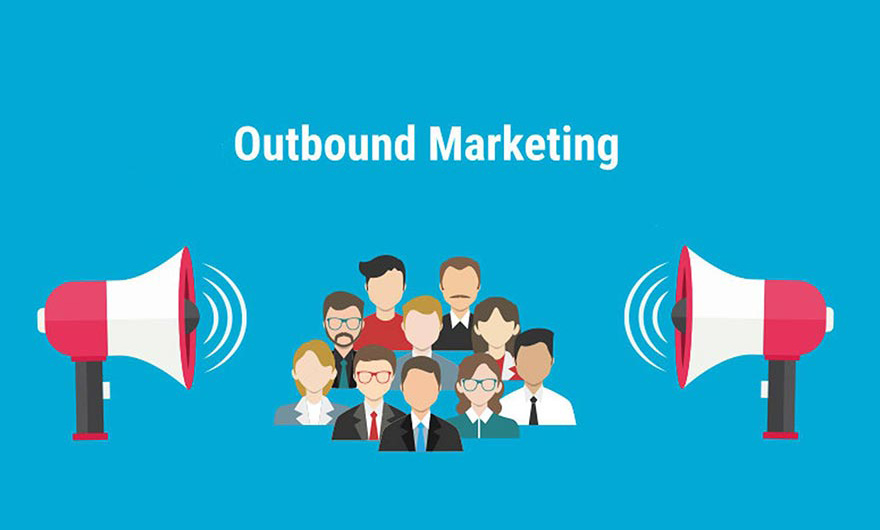
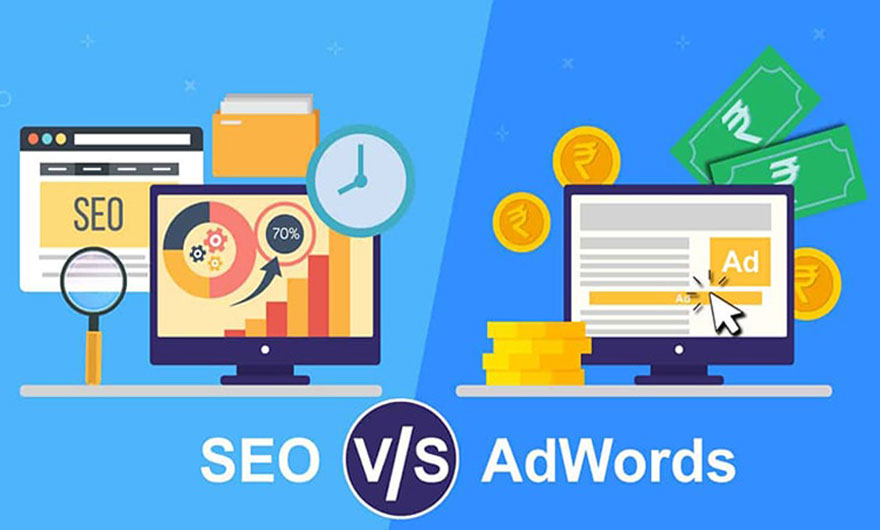
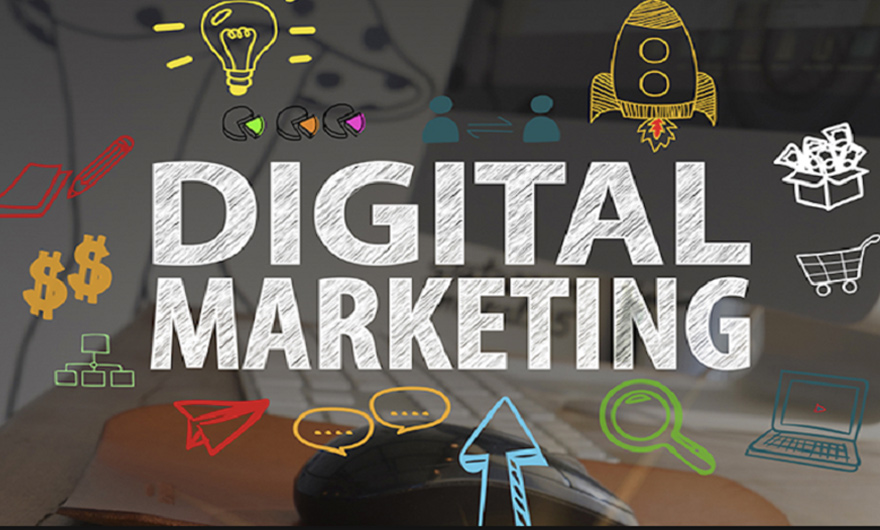
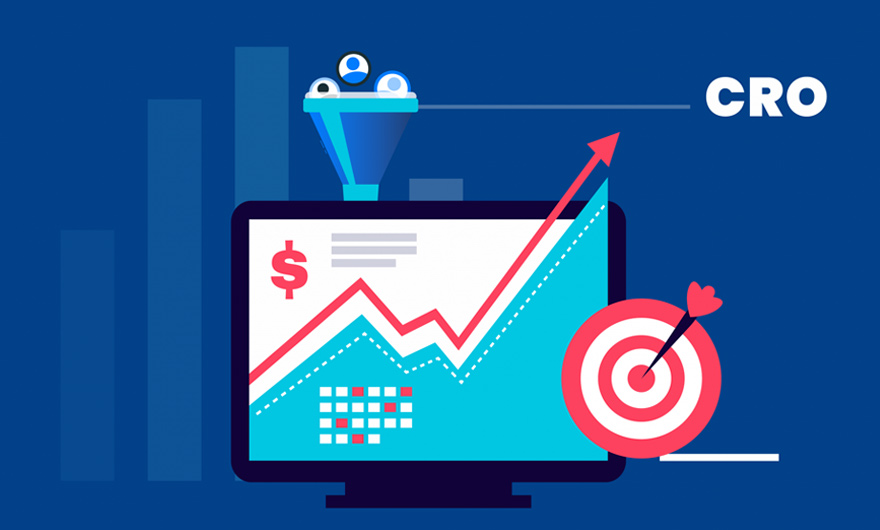
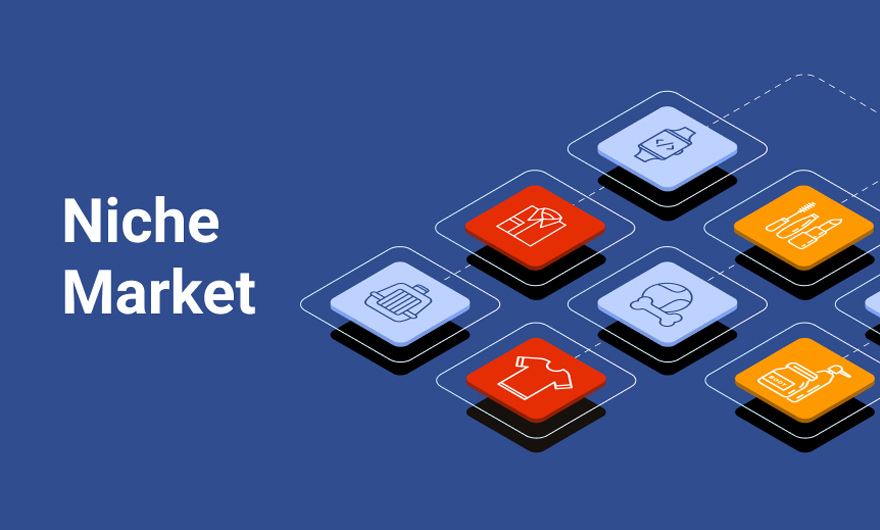
Leave feedback about this
You must be logged in to post a comment.